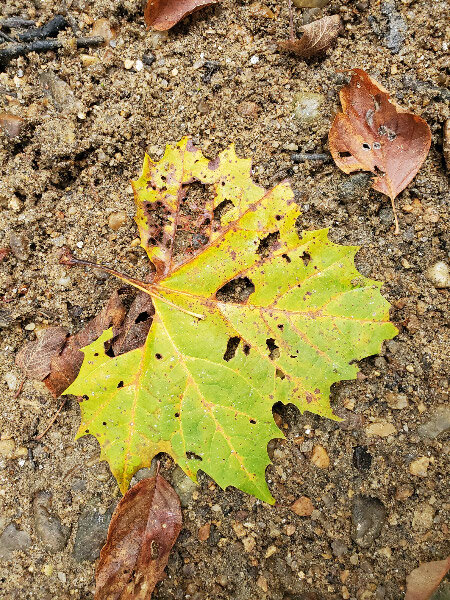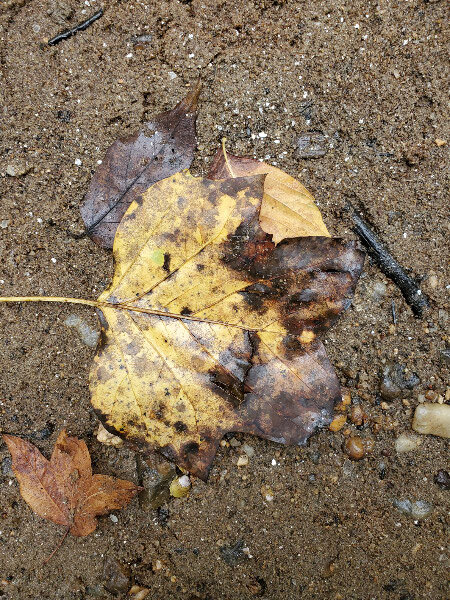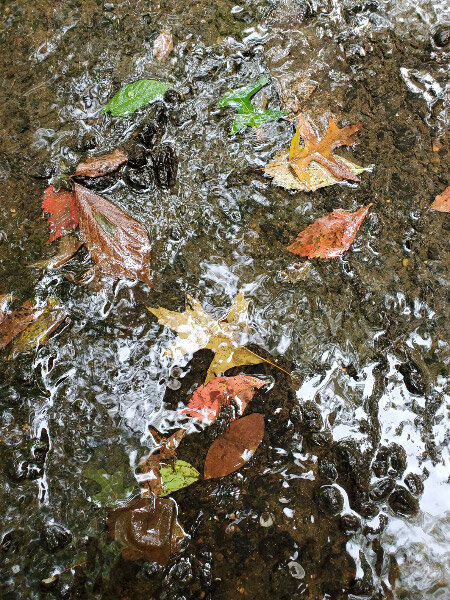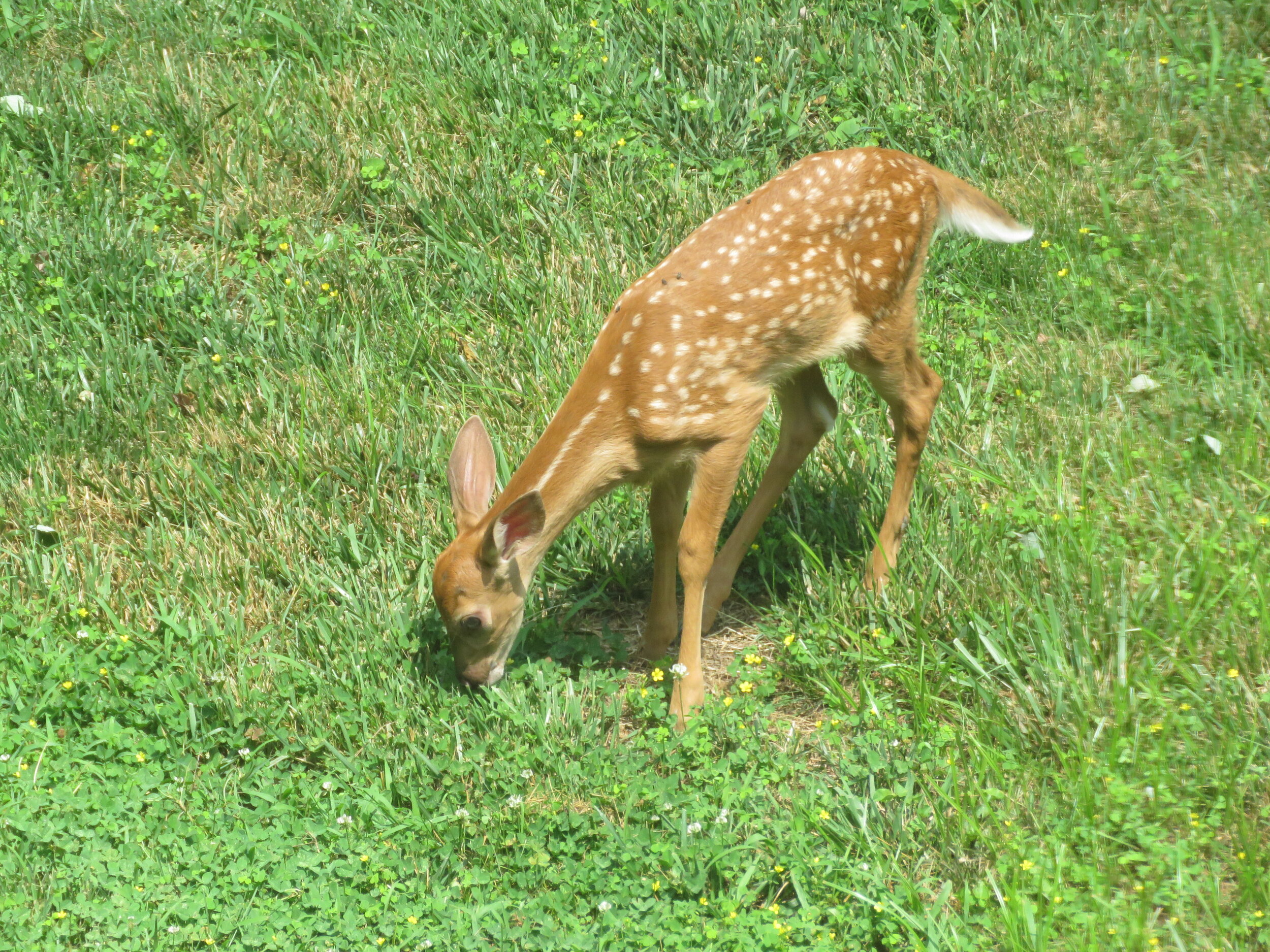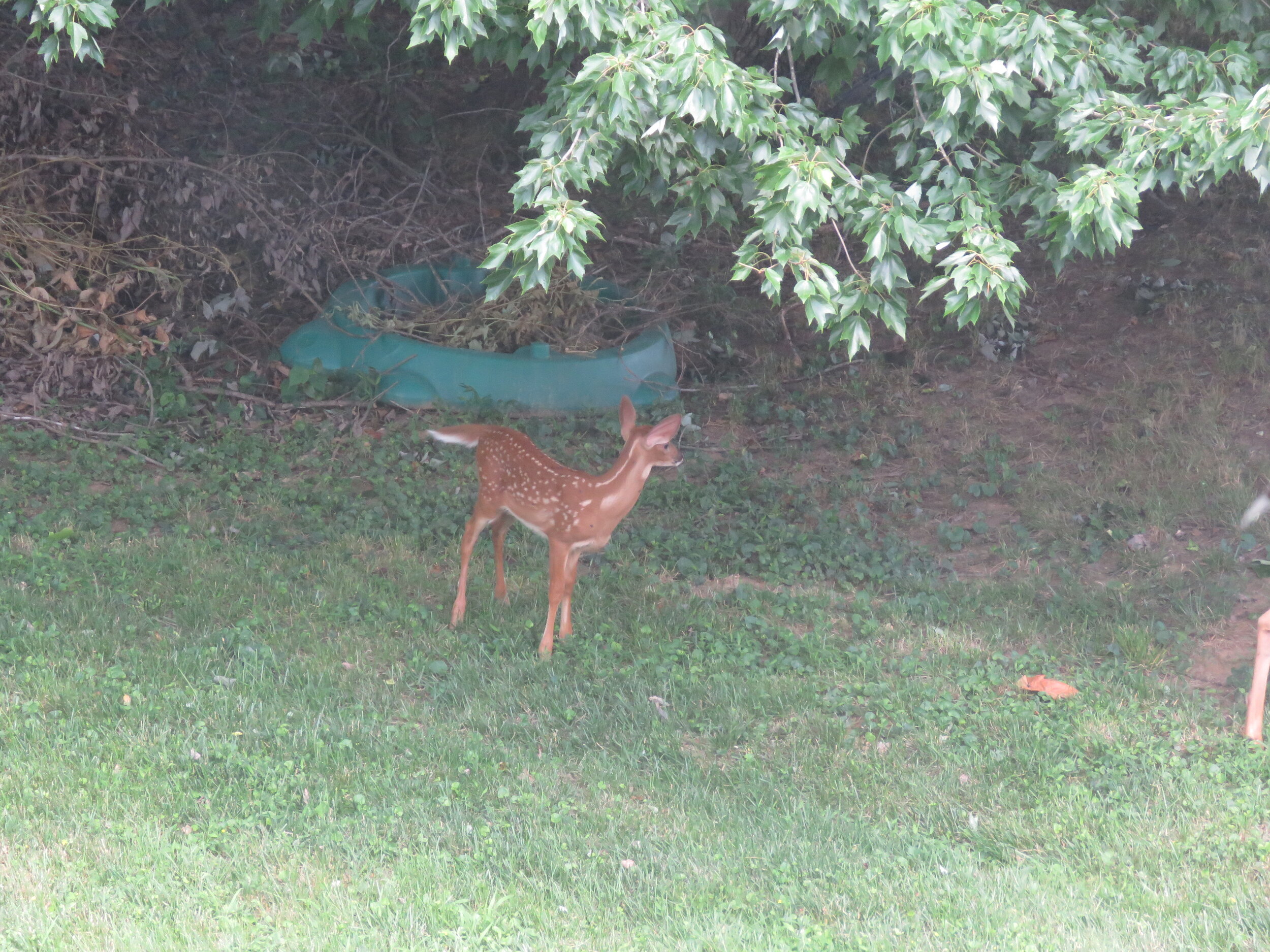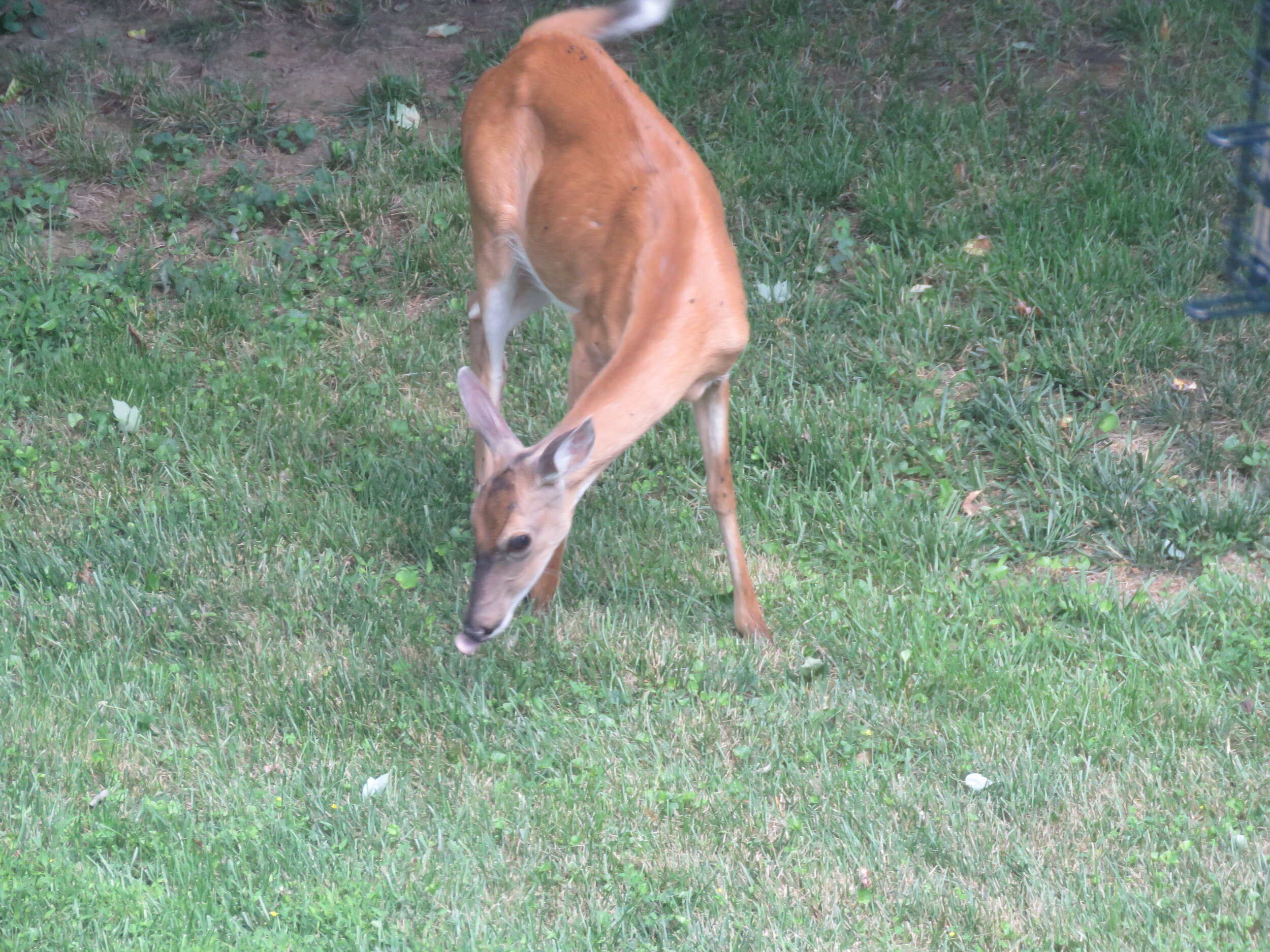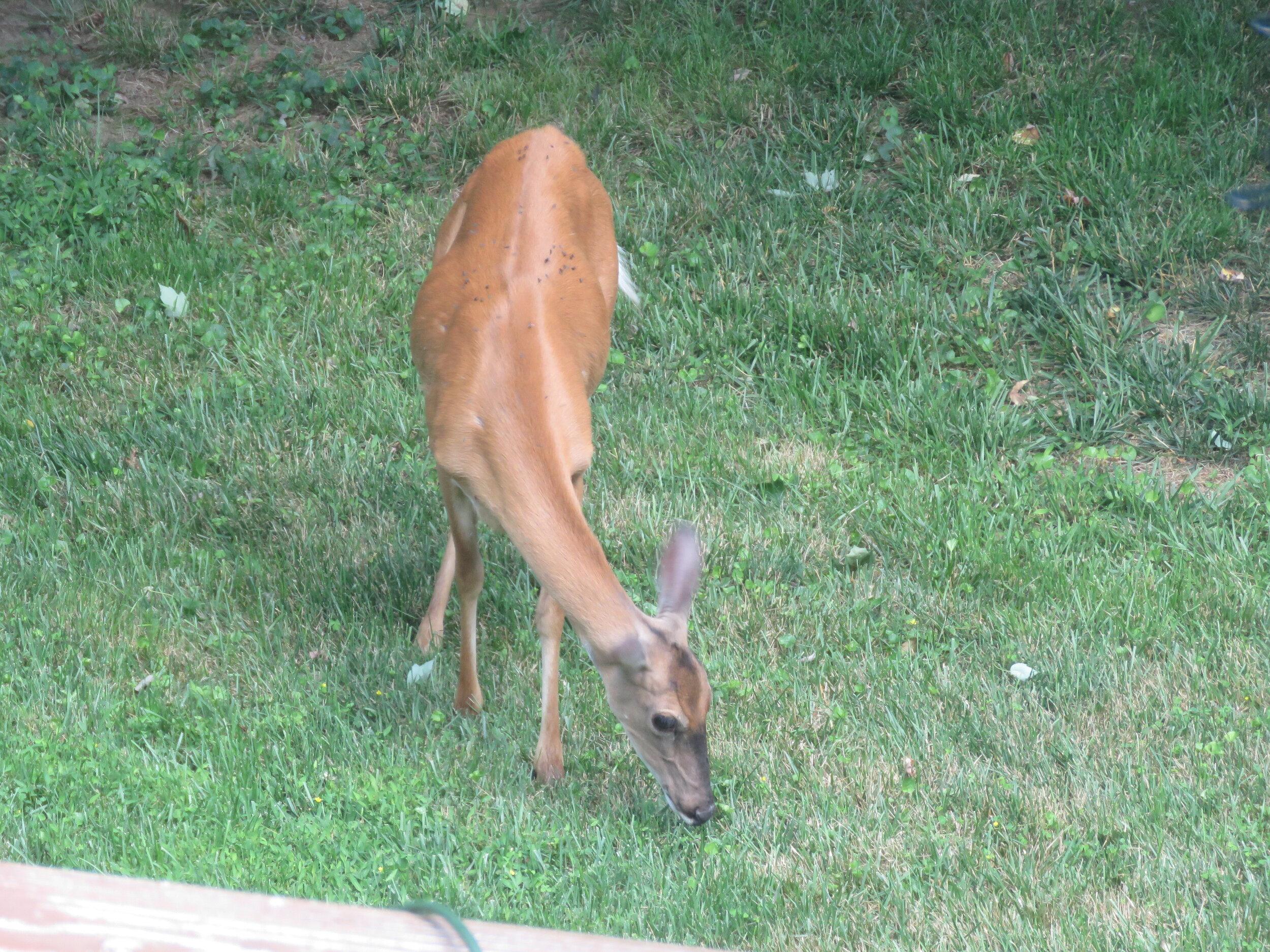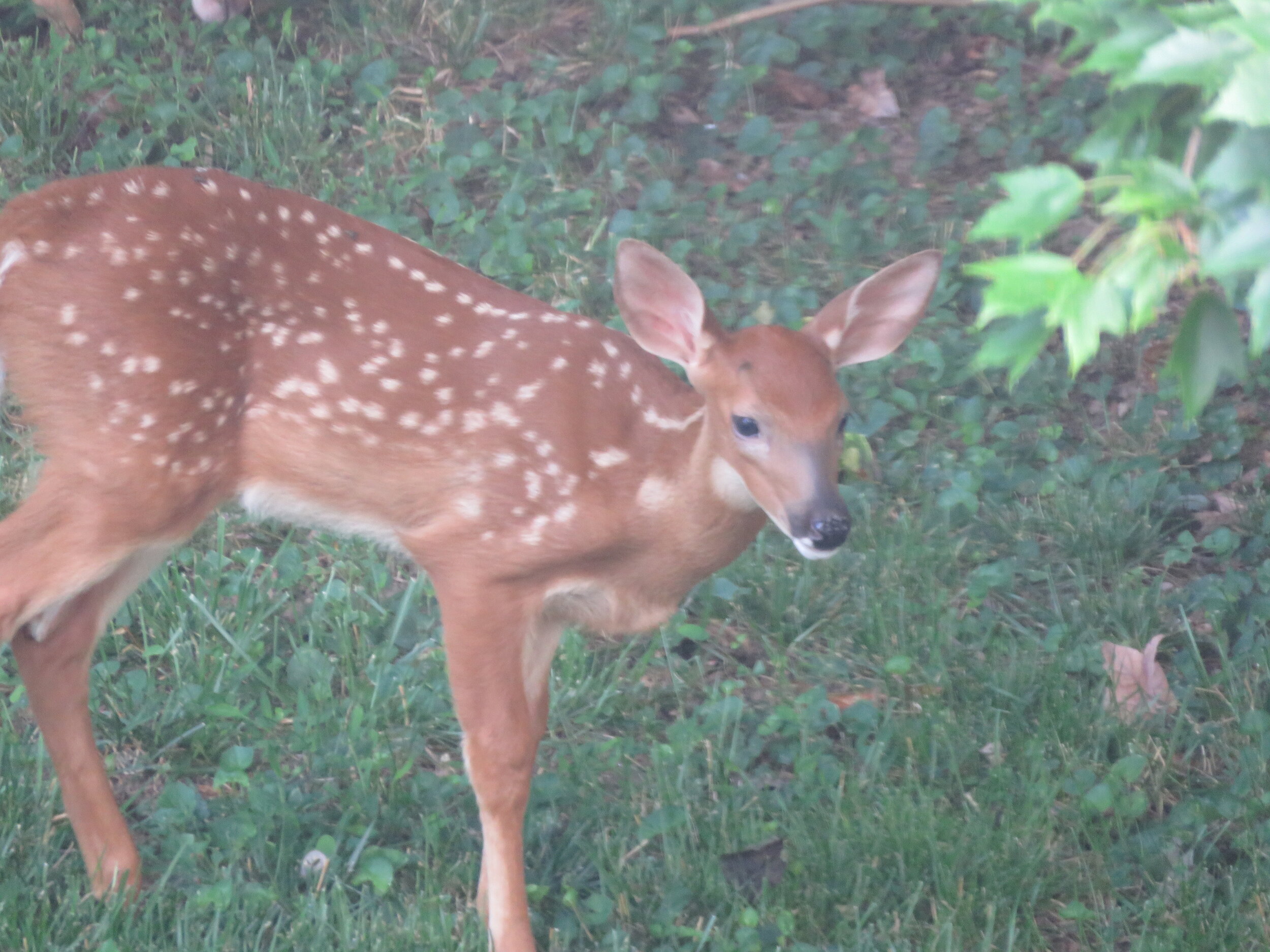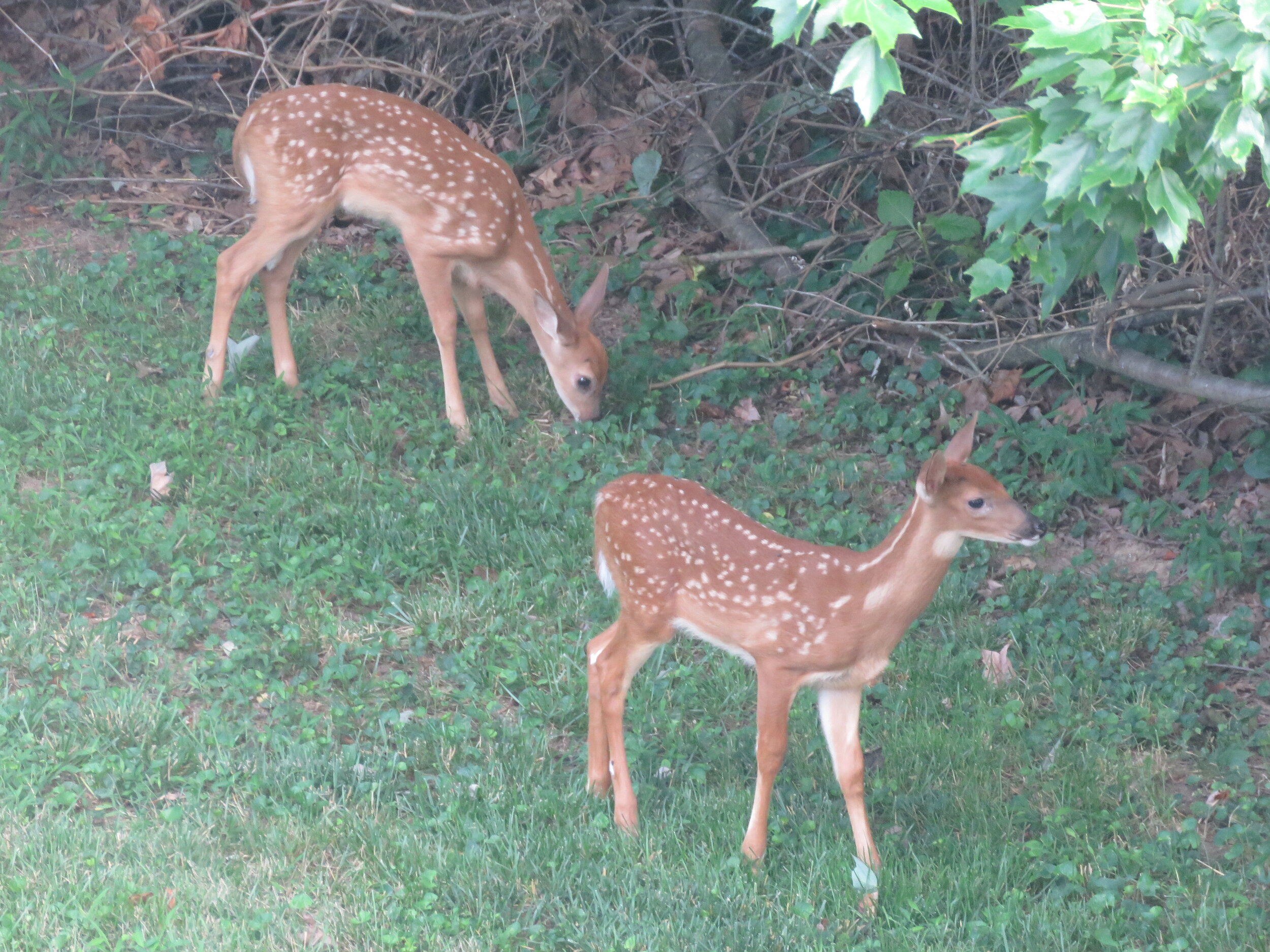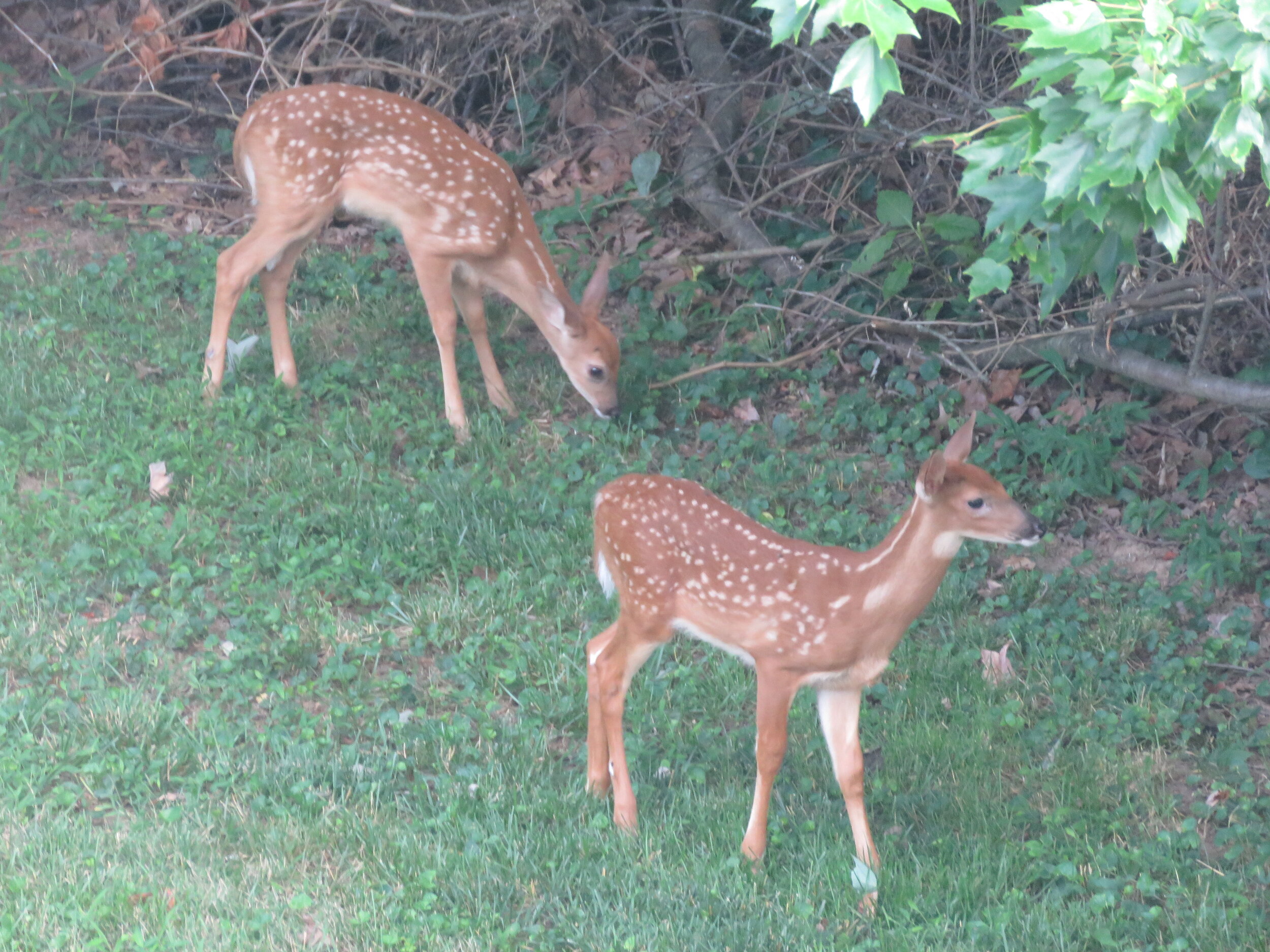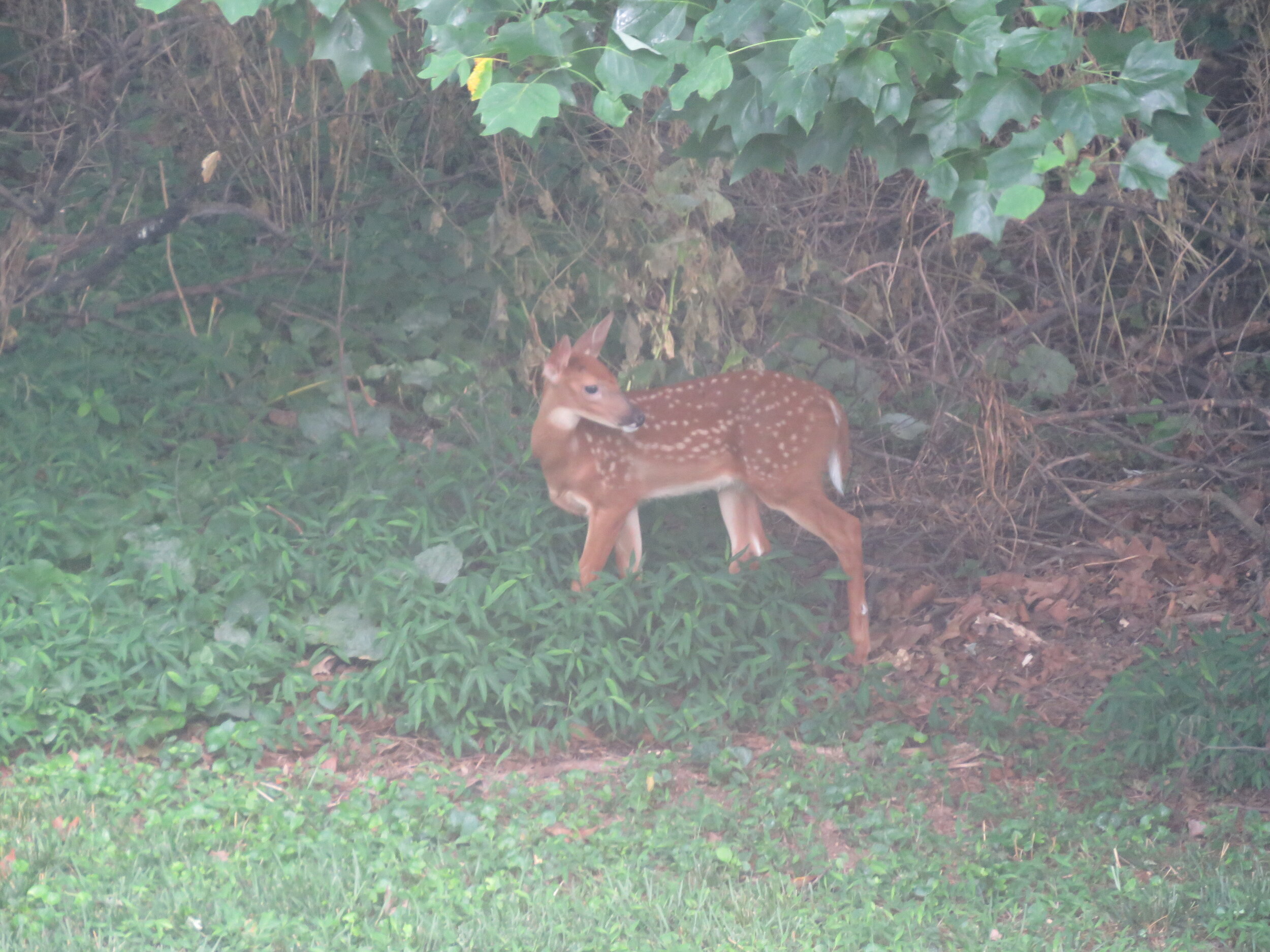Gleanings of the Week Ending July 23, 2022
/The items below were ‘the cream’ of the articles and websites I found this past week. Click on the light green text to look at the article.
Watch a Deep-Sea Squid Carry Hundreds of Pearl-Like Eggs – A video from the Monterey Bay Aquarium.
It’s a trap: managing cowbirds to save songbirds – The strategy of trapping cowbirds (a brood parasite) to help endangered songbirds along the Santa Clara River in Southern California has evolved to reduce harming other species and cost less.
Electric vehicle buyers want rebates, not tax credits – Of course….immediate rebates rather than waiting for months to get a tax credit are much more appealing.
Urban waterways: discovering the hidden beauty of a Jersey River – River restoration across the country…with the Cooper River story in more detail.
Universal influenza B vaccine induces broad, sustained protection – A new kind of vaccine….using nanoparticles. Perhaps this new technology will lead to an effective universal flu vaccine.
The sustainable cities made of mud – A little construction/architectural history….that could be applied more often.
10 Weird Australian Marsupials You’ve Never Heard Of – So many unusual animals…Australia has more than just kangaroos and koalas!
Cancer probably killed world’s first known pregnant Egyptian mummy – 2,000 years ago a young woman died…and was mummified. The Warsaw Mummy Project has determined that she was pregnant – the fetus was ‘pickled’ in the highly acidic and low oxygen environment of the mummified womb – and the woman probably died of nasopharyngeal cancer.
More Electricity from Wind and Solar than Nuclear for 1st time in USA – Hurray! Wind and solar accounted for over 25% of the nation’s electricity in the first 4 months of 2022!
Loss of male sex chromosome leads to earlier death for men – What? Y chromosome loss happens in 40% (estimated) of 70-year-old men. The loss occurs primarily in cells with rapid turnover, such as blood cells. And it might lead to heart muscle scaring…and then heart failure.





